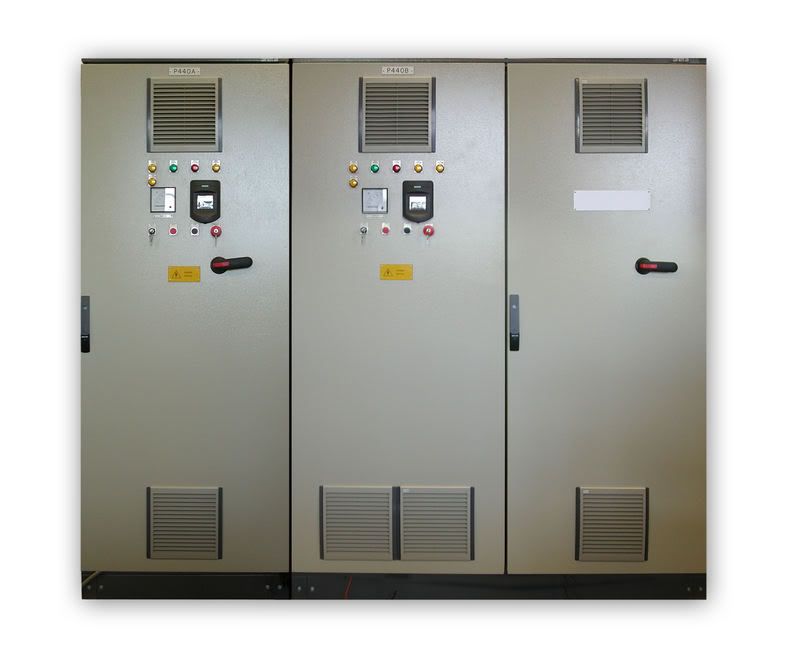Electric-Light
Senior Member
LEDs should not be placed into commercial application without specification item "lamp shall not blink upon failure, and failed lamp shall not repeatedly flash upon power up"
Commonality between LEDs and CFLs: They're both prone to misapplication, because, most of them specifically disapprove enclosed fixtures and enclosed fixtures are far more common than enclosed rated lamps.
The outcome is the same. Reduced lamp life.
Commonality between LEDs and some induction: While failing HPS sodium can be annoying, it's tolerable. The most common cause of outage for LED and induction is ballast failure. Unfortunately, not all LED ballast engineers did not incorporate non-blinking fault mode. They can act erratic and blink or strobe for a long time without killing itself within a few days like CFL. They can exhibit temperature dependent failure such as working normally, but blinking at a turn signal pace after a few hours of burning at ambient over 75F. Without specifying a non-blink requirement, failing LED ballast can blink extremely annoying and demand an immediate service call.
Commonality between LEDs and CFLs: They're both prone to misapplication, because, most of them specifically disapprove enclosed fixtures and enclosed fixtures are far more common than enclosed rated lamps.
The outcome is the same. Reduced lamp life.
Commonality between LEDs and some induction: While failing HPS sodium can be annoying, it's tolerable. The most common cause of outage for LED and induction is ballast failure. Unfortunately, not all LED ballast engineers did not incorporate non-blinking fault mode. They can act erratic and blink or strobe for a long time without killing itself within a few days like CFL. They can exhibit temperature dependent failure such as working normally, but blinking at a turn signal pace after a few hours of burning at ambient over 75F. Without specifying a non-blink requirement, failing LED ballast can blink extremely annoying and demand an immediate service call.


